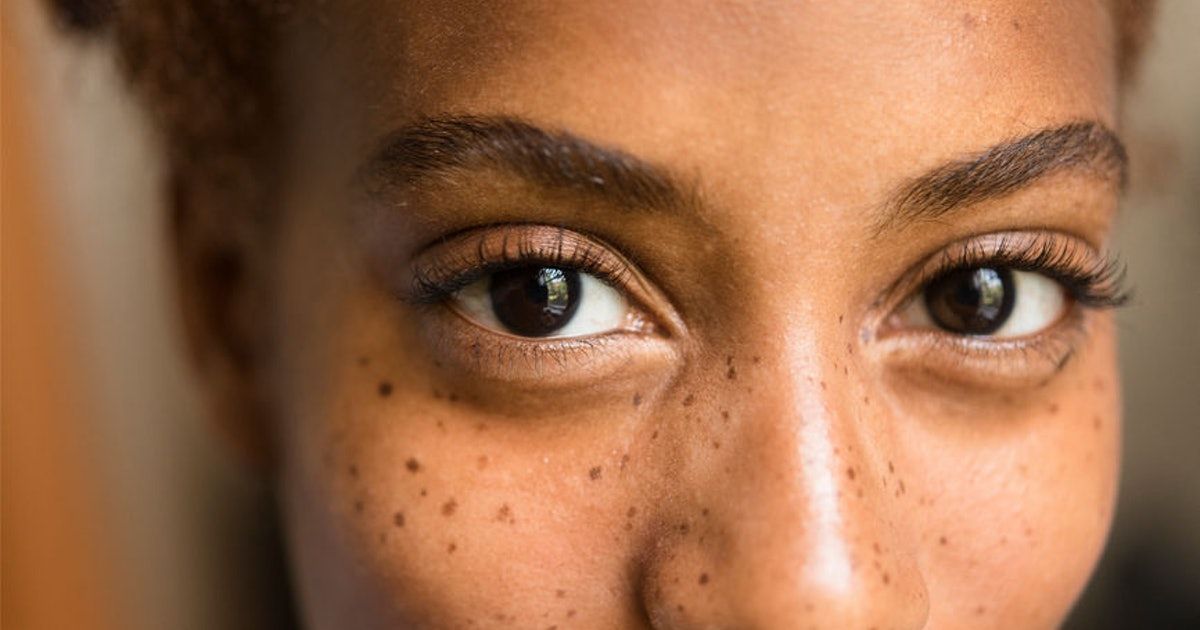Glaucoma is a bit of a stealthy villain in the world of eye health. It creeps up without warning, causing irreversible damage to vision before most people even realize there’s a problem.
Often called the “silent thief of sight,” glaucoma is the second leading cause of blindness globally. With predictions that 80 million people could be affected by 2020, it’s a growing concern.
But there’s some good news on the horizon—a new piece of AI technology could change everything, making it easier to catch glaucoma early and save the sight of thousands.
Meet the New AI That Could Change Eye Care Forever
This year’s National Glaucoma Week brought with it a groundbreaking announcement: researchers at Moorfields Eye Hospital NHS Foundation Trust, DeepMind Health, and University College London Institute of Ophthalmology have developed an AI system that can detect glaucoma with 94% accuracy.
That’s a big deal. For context, current detection methods are good, but they rely heavily on human judgment and can sometimes miss the mark.
This AI, however, seems to have cracked the code on identifying who needs urgent care and who doesn’t, reducing the risk of unnecessary treatments and speeding up those that are needed.
Karen Osborn, Chief Executive of the International Glaucoma Association (IGA), sums it up perfectly: “Glaucoma progresses slowly and, typically, there are no symptoms, which can lead to 40% irreversible loss of vision without the person even noticing.
Glaucoma is the second leading cause of blindness in the world, and it is predicted that 80 million people will have the disease by 2020.
Early detection and timely intervention are crucial in the clinical management of glaucoma, and this breakthrough technology could see us reduce the number of people whose sight is lost due to this disease.”
What Exactly Is Glaucoma, Anyway?
Let’s take a step back. What are we really talking about when we talk about glaucoma? In short, it’s a group of eye conditions that damage the optic nerve, which is the crucial connection that carries visual information from your eye to your brain.
When this nerve gets damaged—usually due to increased pressure in the eye—vision loss occurs. And here’s the kicker: this kind of damage can’t be reversed.
Glaucoma is particularly common in people over 40, but it can happen to anyone. The worst part? There are often no warning signs in the early stages.
The brain is pretty clever and compensates for missing parts of your vision, so many people don’t even realise something is wrong until it’s too late. By the time symptoms like missing or patchy vision show up, the damage is often done.

The Power of Early Detection
Given how sneaky glaucoma can be, catching it early is crucial. The IGA recommends regular eye health checks—every two years at the very least, and more frequently for those over 40. These checks are quick, painless, and usually involve a few simple tests:
- A Look at the Optic Nerve: An examination to check for signs of damage.
- Measuring Eye Pressure: Often referred to as the “air puff test,” this measures the pressure inside your eye—high pressure can be a warning sign.
- Visual Field Test: This one checks the full range of your vision, looking for any blind spots.
In Scotland, they go one step further with a test that measures corneal thickness, which can also be a factor in glaucoma risk.
How AI Is Changing the Game
Here’s where the new AI technology comes in. With an accuracy rate of 94%, this system could make those routine checks even more effective.
By analyzing eye scans, the AI can help eye doctors spot glaucoma earlier and decide who needs treatment most urgently. That’s huge.
Fewer people falling through the cracks, fewer people suffering from irreversible vision loss—that’s what we’re talking about here.
This AI system isn’t about replacing doctors but about giving them a powerful new tool to help make better decisions.
And for patients, that could mean faster diagnoses, more personalized care, and, ultimately, a better chance of preserving their sight.
Looking to the Future
So, what’s next? While this AI technology for glaucoma detection is still being fine-tuned, it’s already showing great promise.
If it becomes widely adopted, we could see a significant drop in the number of people losing their sight to glaucoma.
In the meantime, the message is clear: get your eyes checked regularly, especially if you’re over 40.
Don’t let glaucoma sneak up on you. And keep an eye out for this new technology—it might just save your sight.





